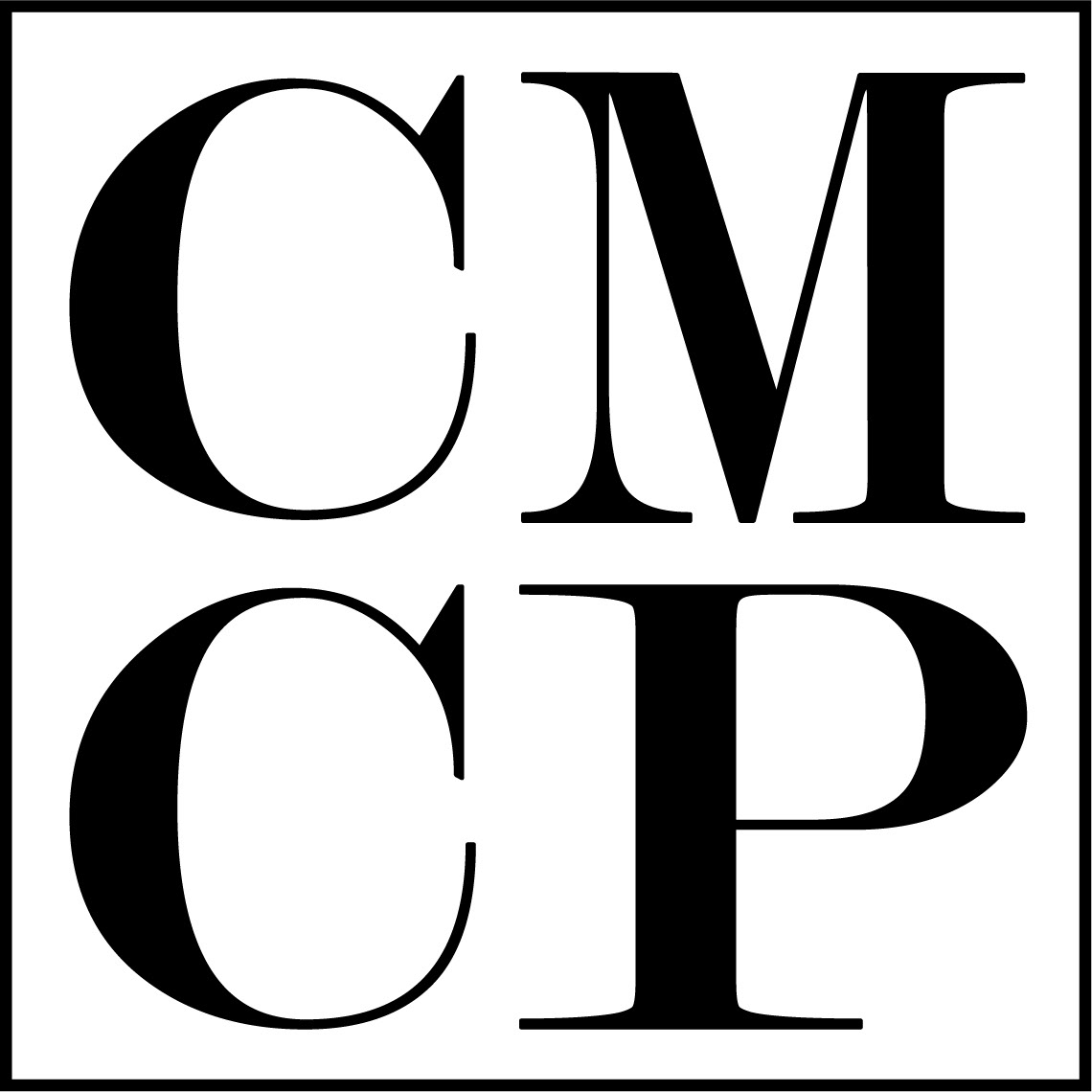1. Duomo di Milano (Milan Cathedral):
The Duomo di Milano is the symbol of Milan and one of the largest Gothic cathedrals in the world. Visitors can marvel at its intricate facade adorned with spires, statues, and intricate carvings, and explore the interior, which features stunning stained glass windows, ornate altars, and the impressive rooftop terrace offering panoramic views of the city.
2. Galleria Vittorio Emanuele II:
Located next to the Duomo, the Galleria Vittorio Emanuele II is one of the world's oldest shopping malls and a masterpiece of 19th-century architecture. Visitors can stroll through the elegant arcade, admiring its glass-domed roof, mosaic floors, and luxury boutiques, and stop for a coffee or aperitivo at one of its historic cafes.
3. Teatro alla Scala:
Teatro alla Scala, or La Scala, is one of the most famous opera houses in the world and a symbol of Milan's rich cultural heritage. Visitors can attend a performance of opera, ballet, or classical music in its opulent auditorium, which has hosted legendary performers and premieres since its opening in 1778.
4. Leonardo da Vinci's "The Last Supper" (Il Cenacolo):
Housed in the refectory of the Convent of Santa Maria delle Grazie, "The Last Supper" is one of the most famous and iconic artworks in the world. Visitors can admire Leonardo da Vinci's masterpiece, which depicts the moment Jesus announces that one of his disciples will betray him, and learn about the painting's history, restoration, and symbolism.
5. Castello Sforzesco (Sforza Castle):
Castello Sforzesco is a historic fortress and museum complex that has played a central role in Milan's history for centuries. Visitors can explore its museums, which house collections of art, artifacts, and historical objects, as well as wander through its courtyards, gardens, and ramparts, enjoying views of the surrounding city.
